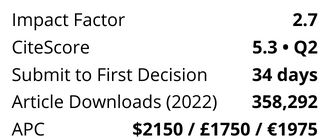The high data requirements of total phosphorus (TP) transport prediction tools limit their application. Recently, research has therefore started in Sweden to use a conceptual hydrological model, HBV-96, as a base for TP estimation. A first step is, however, to understand the relationship between model variables and natural processes. A review of particulate and dissolved material transport enabled the most important TP transport processes to be found for small Swedish catchments. A probabilistic flow categorisation technique based on the internal HBV-96 variables is suggested. Days with a high probability of saturated overland flow are identified with an overland flow index based on the water content of the upper response box and rainfall/melt rates. Further categorisation into intermediate and base flow is done on the basis of water contents in the lower and upper response boxes of the model. The flow categorisation technique was tested in a catchment with TP and suspended sediment records. The results show significantly different concentration distributions and median values between the flow categories. The HBV-96 internal variables, in general, are more highly correlated to concentration than is observed river runoff and it may thus be beneficial to apply the model to assess TP transport compared to using observed runoff directly. Model parameter interdependence is highlighted as a shortfall in the general use of HBV-96 for flow categorisation.
Skip Nav Destination
Article navigation
Research Article|
February 01 2001
Internal HBV-96 Variables and Phosphorus Transport Processes
Hydrology Research (2001) 32 (1): 29–48.
Article history
Received:
October 11 1999
Revision Received:
March 06 2000
Accepted:
August 22 2000
Citation
Rikard Lidén; Internal HBV-96 Variables and Phosphorus Transport Processes. Hydrology Research 1 February 2001; 32 (1): 29–48. doi: https://doi.org/10.2166/nh.2001.0003
Download citation file:







